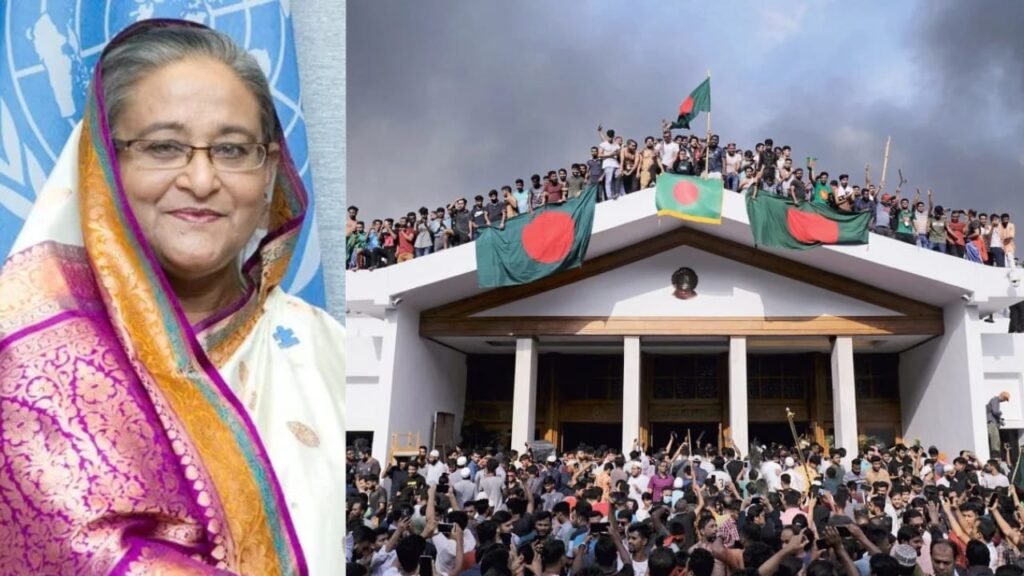In Dhaka, Bangladesh, the former official residence of ousted Prime Minister Sheikh Hasina is being transformed into a museum to remind future generations of her oppressive rule. Bangladesh Revolution Museum. Once heavily guarded, the Ganabhaban palace became a symbol of resistance after massive student-led protests forced Hasina to flee to India on August 5, 2024.
The palace walls still display graffiti from that historic uprising, with messages like “Freedom” and “Killer Hasina.” According to the United Nations, nearly 1,400 people were killed during her attempts to hold onto power. Hasina, 77, faces trial on charges of crimes against humanity but has refused to appear in court.
Nobel Peace Prize winner Muhammad Yunus, now leading the caretaker government until elections in early 2026, said the museum will preserve memories of Hasina’s misrule and the people’s struggle. The museum will showcase artifacts of protesters killed during her regime, interactive exhibits, and preserved detention cells where political opponents were once held.
Curator Tanzim Wahab said the goal is to help young people reflect on Bangladesh’s long years of oppression and spark conversations about building a democratic future.
While the palace will be preserved, protesters have already demolished other symbols of dictatorship, including statues of Hasina’s father, Sheikh Mujibur Rahman, and even destroyed his former home, which Hasina had turned into a museum.
Rights groups warn that Bangladesh still faces major political challenges, but for many citizens, turning Ganabhaban into a Revolution Museum represents hope for change and a new beginning.



1 Comment
Pingback: Anger is not strength. Power is not dominance. Ego has a price. - Media Bites